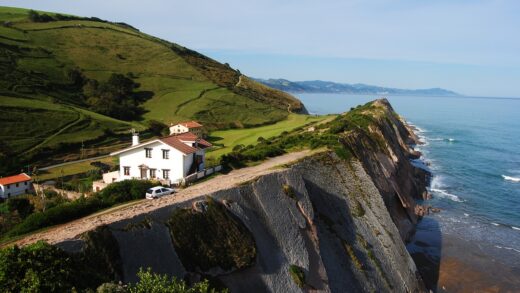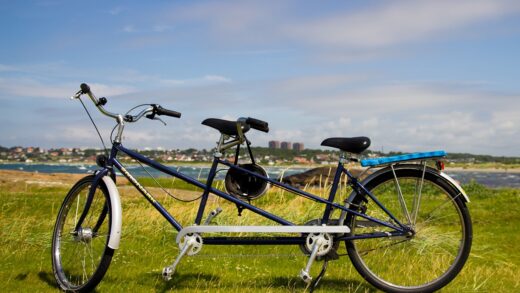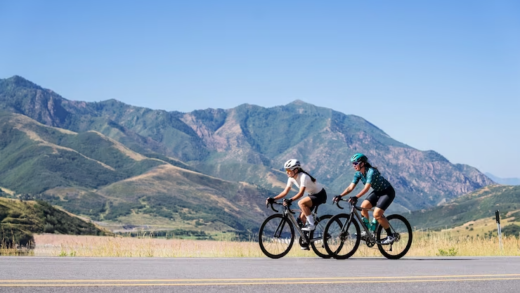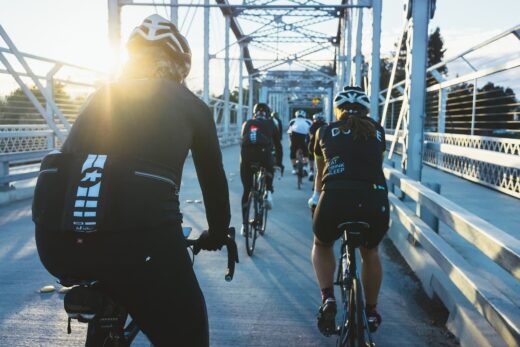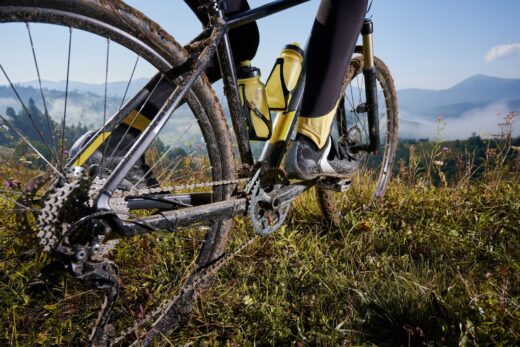What is a city bike?
A city bike is a bicycle that is designed specifically for riding on flat terrain, both on paved roads in the city and for small walks outside the city. Such bikes are designed for long use, and also have the ability to carry small loads.
This type of bicycles is quite rich in its variety. Among the two-wheeled representatives of the urban type, you can meet as classic bicycles (with a rack and fenders), as well as quite unusual models that combine comfort, speed, as well as practicality.
Sometimes, an inexperienced buyer in a bike store, it can be difficult to understand the difference between a mountain bike and a road bike, because some models of different types may be similar to each other. And yet, no matter how original looking modern city bikes, they have one thing in common – they are all created to move around in the city.
As you know, bicycles for urban riding, especially still Soviet-made, are very popular with dacha owners and people who live in the countryside, who carry on the trunk of the crops from the garden, etc. With such a purpose and buy them mainly. This bike, by the way, to leave in the cottage is much safer than a more advanced model, which the thieves would instantly notice. Although nowadays, as I have repeatedly convinced, absolutely everything is stolen.
Now let’s move directly to the construction of a city bike. Most often on modern sitibikes you can find the following:
a large rear rack;
a front basket;
a wide, cushioned, sprung saddle with leather or vinyl padding;
adjustable handlebar;
a metal shield on the chain and fenders.
Brakes are most often drum foot brakes, but there are also rim or even disc brakes. There are no shock absorbers. Transmission can be without a shifter or with a complex planetary rear hub. As a rule, universal sitibikes have only one or a few gears. There are multi-speed models with a cassette mechanism (from 7 to 21 speeds), but it will be rather low quality.
The frame of a road bike is long and mostly steel (aluminum ones are less common), there is a closed type (male) and open (female). Seating is high, and the weight of the bike is usually in the range of 15 kg. The fork is curved at the bottom and slightly elongated, which to some extent softens the impact of the front wheel on the rough road.
Wheel size at city bikes is usually from 20 to 28 inches, so you can choose the most comfortable option, and also have clincher tires with high wear resistance, medium width and a fine tread pattern. Some models are equipped with an additional footrest, rearview mirror, electrical equipment (headlights), a bell, anti-theft lock, etc.
As you have already realized, they are not intended for sports use, although some people still manage to race these bikes. But this is probably the exception to the rule.
The riding position on a city bike
Now let’s talk about seating on a Citybike. The cyclist sits almost upright, with his back only slightly tilted forward. There is practically no strain on the arms, because the handlebar is at abdominal level, which increases the efficiency of maneuvering, as well as improving visibility of the road.
Because of the “wrong” distribution of forces, the efficiency of pedaling is quite low, because the city bike is not intended for long distance travel and fast riding. A wide and soft saddle (with a shock-absorbed seatpost or springs) gives the illusion of comfort. But this is far from it, because even after a short ride the saddle begins to rub and the heel “sweats”.
Types of city bikes
Today, modern city bikes can be found in different designs, that is, there are several subspecies, which include:
Cruisers
Choppers
Comfort
Folding
Tandems
Hybrids
Fixes
Now let’s look at the main advantages and disadvantages of city bikes.
The advantages of city bikes are:
A wide range of types for all needs;
beautiful and elegant appearance;
comfortable ride due to high seating, comfortable saddle, etc.;
good speed and rollability due to smooth tires;
easy and cheap maintenance;
practicality in clothing (you can ride in whatever you like);
low cost in contrast to sports bikes.
The most wearable mechanisms – gears and brakes, there is simply no or well protected from dirt, so they require minimal maintenance, which is also a good advantage.
The disadvantages include poor road and dirt handling due to the narrow tread of the wheels. Also classic road bikes are quite heavy, because they weigh about 15-18 kg, depending on the configuration and in comparison with mountain bikes – a much lower speed.
